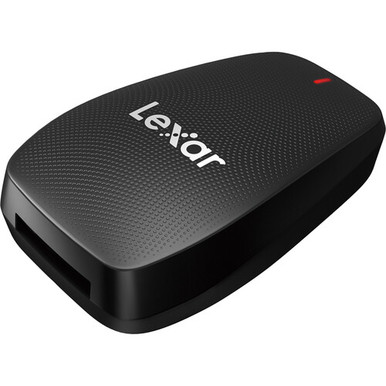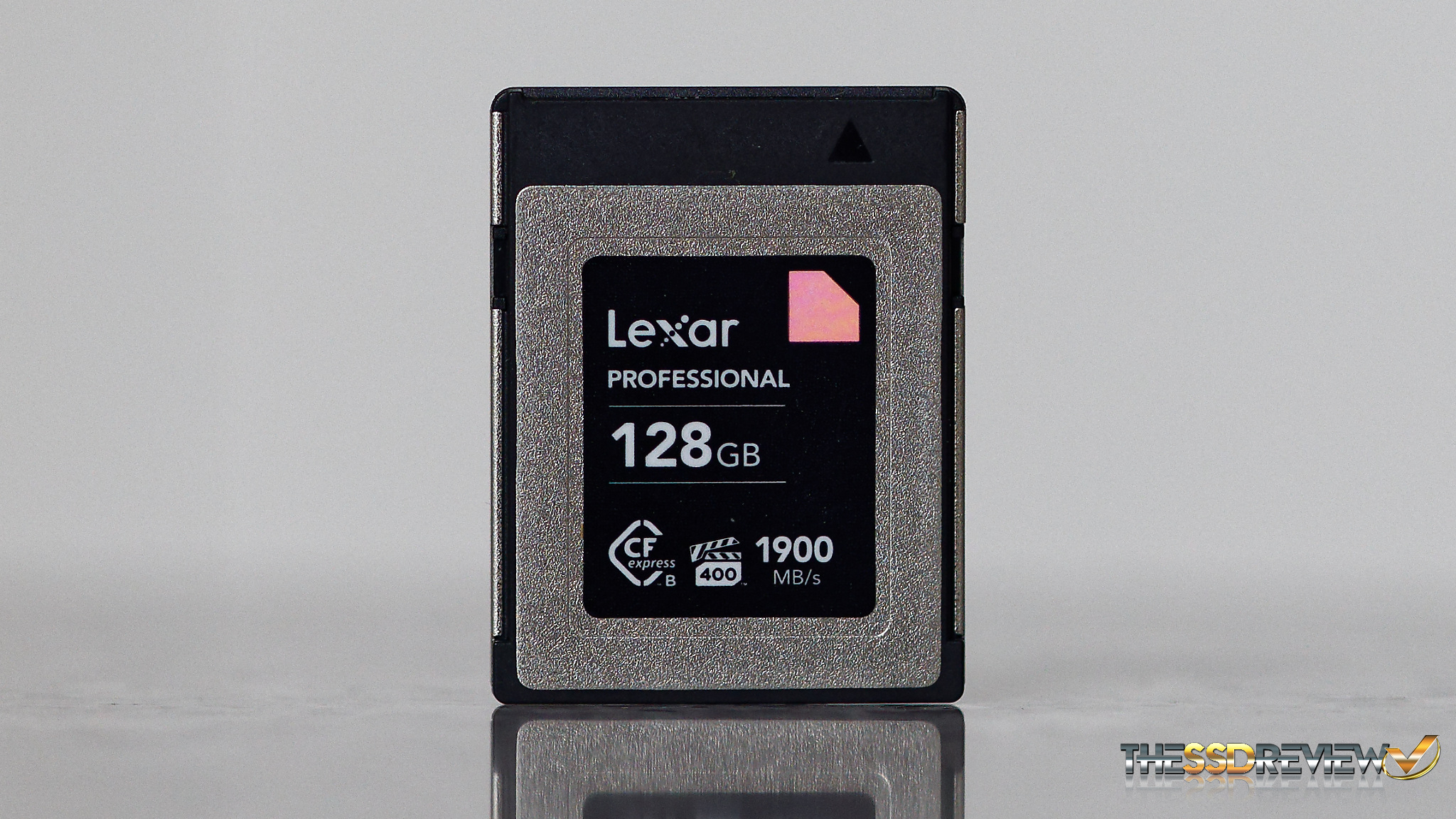Thanks, I was not sure.so you have one 2x2 port
210323 rear of Motherboard Type-C port.
You can only see EXIF info for this image if you are logged in.
180323 IO-PCE3242-1C Card Type-C port.
You can only see EXIF info for this image if you are logged in.






